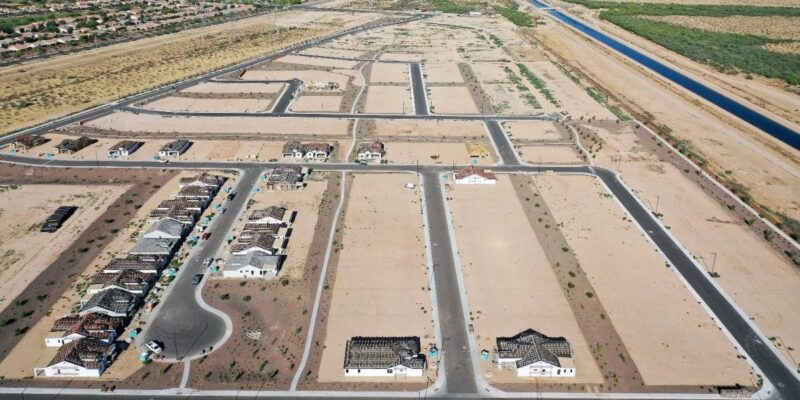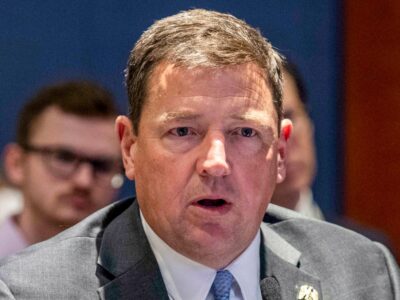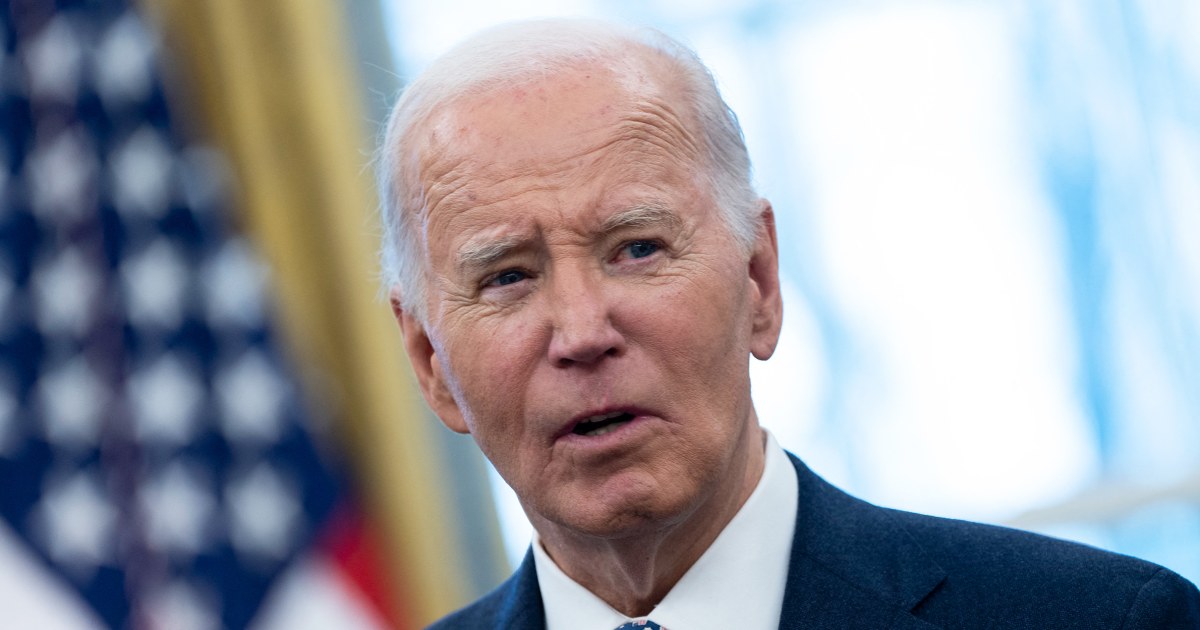
This story was originally published by Grist and is reproduced here as part of the Climate Desk collaboration.
When a small Arizona community called Rio Verde Foothills lost its water supply one year ago, forcing locals to skip showers and eat off paper plates, it became a poster child for unwise desert development. The rural neighborhood of about 2,000 people north of Phoenix had relied on trucked-in water deliveries from the nearby city of Scottsdale, but the city elected to stop deliveries to conserve its own water amid a climate-fueled drought on the Colorado River.
Last month, after months of public debate over how to resolve the crisis in Rio Verde Foothills, the state government approved a deal that will restore permanent water access to the beleaguered community, albeit with much higher bills than residents are used to. But when the new legislative session begins next week, the Republican-led chamber may actually weaken the standards that govern new development, rather than tightening them, clearing the way for thousands more homes to pop up on water-insecure outskirts of Phoenix and Tucson.
“The broader solutions are tougher, and people may not be ready to contemplate what really fixing the problem would require,” said Priya Sundareshan, a Democratic state senator who represents part of Tucson.
When Arizona developers build six or more homes on a tract of land, they have to demonstrate that they can supply water to those homes for at least 100 years. This rule exists to protect home buyers from the kind of land fraud that was notorious in the state for decades, but over time some landowners have found a way around it. The developers of so-called “wildcat” subdivisions split large parcels of land into smaller chunks and sell hundreds of those chunks off one by one, skirting the requirement to ensure a long-term water supply.
Rio Verde Foothills is one such subdivision. Many residents of the neighborhood have residential wells that pump water from underground. But because there isn’t much water in the area’s aquifers, many others rely on trucks that deliver water from the city of Scottsdale, which has rights to water from the Colorado River. When Scottsdale shut off the water last year, Rio Verde had nowhere to turn for substitute supplies: There was no spare groundwater, and all the water from the Colorado River was spoken for. Locals who found alternate water haulers had to pay monthly bills that were larger than their mortgage payments.
As the media frenzy around Rio Verde Foothills reached a fever pitch last summer, the state legislature passed a bill that forced Scottsdale to provide water to the neighborhood through 2025. A few months later, a state regulator approved a long-term agreement between the community and a large utility called Epcor, which agreed to build a new water standpipe in the neighborhood and import a new water supply from elsewhere in Phoenix. Rio Verde Foothills residents will pay for the $12 million project through water bills that could be double or triple current rates. The deal also limits future growth in the neighborhood, allowing for just 150 additional homes to access the standpipe.
“It’s been an exhausting, exhausting fight for this community, and people are not happy with how much it costs,” said John Hornewer, a Rio Verde resident who runs the neighborhood’s largest water hauling company.
But the state legislature’s fix doesn’t address the larger problems presented by wildcat subdivisions. While Democrats and some Republicans in the legislature sought to add language that would have limited when and how developers can exploit the wildcat loophole, they couldn’t get enough support to send it to the governor’s desk. Democratic Governor Katie Hobbs initially held out for a fix to the loophole—she vetoed an initial bill in May that didn’t tackle the wildcat issue—but she ultimately signed a Rio Verde-focused bill that reached her desk the following month, acknowledging that the neighborhood needed immediate help.
“The bill did not do anything to fix the underlying problem,” said Sundareshan, the state senator from Tucson. “We could find ourselves with many more communities…in the same situation.”
Hobbs has continued to push for broader reform on the wildcat issue. Last year she created a “water policy council” made up of experts and industry leaders and tasked it with alleviating the state’s water woes, including the wildcat loophole. The council released its final recommendations in December, calling on the legislature to clamp down on these subdivisions and give local governments more power to regulate them. It isn’t clear how many such subdivisions exist, but they have been popping up outside Phoenix and Tucson for at least two decades.
Democratic lawmakers will make another push once the state’s legislative session starts next week, but Hobbs’s proposed reforms still face stiff opposition. Many members of the state legislature oppose more government involvement in water regulations, and the state’s home building lobby has fought against previous efforts to clamp down on the kind of lot-splitting that enables wildcat development.
“There’s an appetite for [reform], but I think that will be lost in the shuffle,” said John Kavanagh, a Republican state senator who represents the Rio Verde Foothills area. “The home builders will be aggressively lobbying against a lot-split bill, and you’ve got some members with a more libertarian slant who believe in the right to property being almost unlimited.”
Indeed, home builders are now pushing the legislature to move in the other direction, arguing that the 100-year water supply standard is holding back the state’s economic growth. Back in June, Hobbs’s administration paused new water supply approvals in the Phoenix area, declaring that the city’s aquifers didn’t have enough water to support future development over the next century. This has left several major development projects in limbo, with builders unable to move forward on tens of thousands of homes.
Hobbs’s administration has since moved to loosen the moratorium in response to protest from the real estate industry, and regulators may soon allow builders in fast-growing suburbs like Buckeye to resume construction on stalled projects. But the state’s builders are seeking more comprehensive changes to the 100-year water supply standard: They argue that lawmakers should create an incentive for replacing water-intensive crop fields with residential neighborhoods, which require far less water than large-scale agriculture. The builders also argue that lawmakers should tweak the state’s model for calculating groundwater shortages, which they say is too pessimistic.
“If the legislature and the governor’s office don’t agree to the necessary changes to resolve this issue this year, that would be very devastating to our housing affordability, our housing supply, and our economy,” said Spencer Kamps, the vice president of legislative affairs for the Home Builders Association of Central Arizona.
The future of the 100-year requirement is likely to take center stage this year, along with a parallel debate over how to regulate the kind of intensive groundwater pumping that has dried up wells and caused land to sink in rural areas such as Cochise County. That issue became so contentious last year that two members of Hobbs’s water policy council with ties to the agriculture industry, which is responsible for some of the most aggressive pumping, resigned before the council even finished its recommendation.
Until the legislature reforms the wildcat subdivision statute, though, there’s nothing to stop developers from creating more vulnerable neighborhoods in the middle of the desert. Hornewer, the Rio Verde Foothills water hauler, said he’s sure his neighborhood’s crisis will play out again somewhere else.
“It’s probably already happening,” he told Grist.















